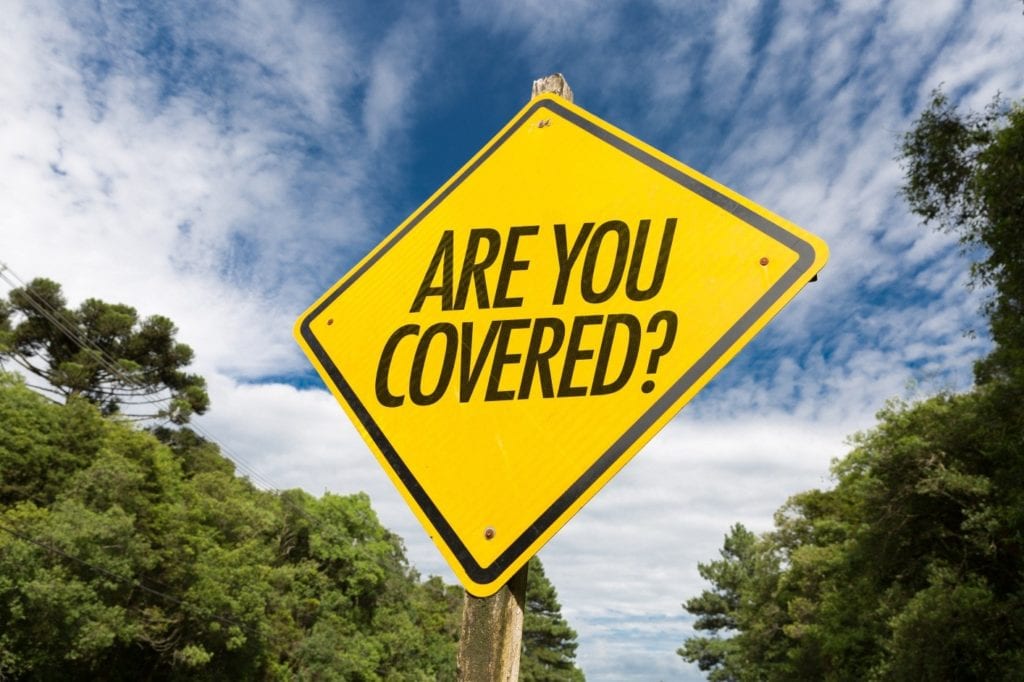If another vehicle strikes yours, you’re likely expecting that driver’s insurance company to cover the costs of the damage. But what happens if that person doesn’t have insurance?
This is where uninsured motorist coverage comes in.
“Uninsured motorist coverage is insurance you buy and can use for you and your family in the event you are involved in an accident caused by someone who does not have liability insurance,” says Michael McLean, a lawyer at Wall, McLean & Gallagher LLC, a law firm with offices in Helena and Anaconda. They’ve helped hundreds of people through personal injury cases and have tried cases in state and federal court and have argued cases before the Montana Supreme Court.
Here’s everything you need to know about uninsured motorist coverage and its closely related counterpart, underinsured motorist coverage.
What exactly is uninsured motorist coverage?
“Uninsured motorist is coverage that is available as part of your automobile insurance coverages,” McLean explains.
Liability coverage is the insurance you buy to cover loss caused by you (like if you run a stop sign.) In Montana, the law requires all motorists to have a minimum of $25,000 in liability coverage. In reality, however, many motorists fail to keep or maintain liability coverage — and sometimes these drivers cause accidents. When this happens, uninsured motorist coverage protects you from spending your own money for accidents you didn’t cause.
What is underinsured motorist coverage?
So what happens if another driver hits you, and while they have insurance, it’s not sufficient to cover the damages? Enter underinsured motorist coverage.
“Again, motorists in Montana are only legally required to carry $25,000 in liability insurance,” McLean says. “If you are involved in a serious accident, that money will be exhausted quickly due to ambulance and hospital charges. Underinsured motorist coverage is then used to cover any loss remaining.”
“What is important to note is that both uninsured and underinsured are personal and portable, meaning that you can use these coverages even if you are not in your own vehicle,” McLean says. For example, “these can be used by pedestrians who may be struck outside of their cars.”
Are these types of coverage required?
According to the latest research from Insurance Research Council (IRC), between nine and 11 percent of drivers in Montana are uninsured.
“This insurance is not mandatory,” McLean says, “but given the high numbers of uninsured drivers, it’s recommended.”
Are they expensive?
Both coverages are typically inexpensive, McLean says, and a person is generally required to “opt out” of purchasing them if they are wanted — which means you may already have them without even realizing it. Some companies combine these two types of coverages into one.
“Again, I would recommend that everyone, if possible, carry both coverages because these coverages protect you and your family,” McLean says. Another important thing to know, McLean points out, is that if you own multiple vehicles and you pay separate premiums for each one, you can “stack” these coverages to cover your damages.
With offices in Helena and Anaconda, the trial lawyers at Wall, McLean & Gallagher LLC have over 60 years of combined legal experience and are passionate about representing hometown Montanans. They specialize in personal injury, car accidents, employment cases, wage claims, real estate disputes, dissolution, estates, and estate planning. For more information, visit them online or call (406) 442-1054.
